The world of reptile keeping has exploded in popularity over the past few decades, with more species available to hobbyists than ever before. Yet among the dazzling array of scaled companions, one particular serpent has consistently maintained its crown as the premier choice for beginners: the corn snake (Pantherophis guttatus). These beautifully patterned colubrids have earned their reputation through a combination of hardiness, docile temperament, and reasonable care requirements that make them uniquely suited to novice keepers. Whether you’re considering your first reptilian pet or simply curious about why these North American natives have become the gold standard for entry-level snake keeping, this exploration will reveal why corn snakes continue to slither into the hearts of beginners and experienced keepers alike.
The Perfect Size for New Keepers
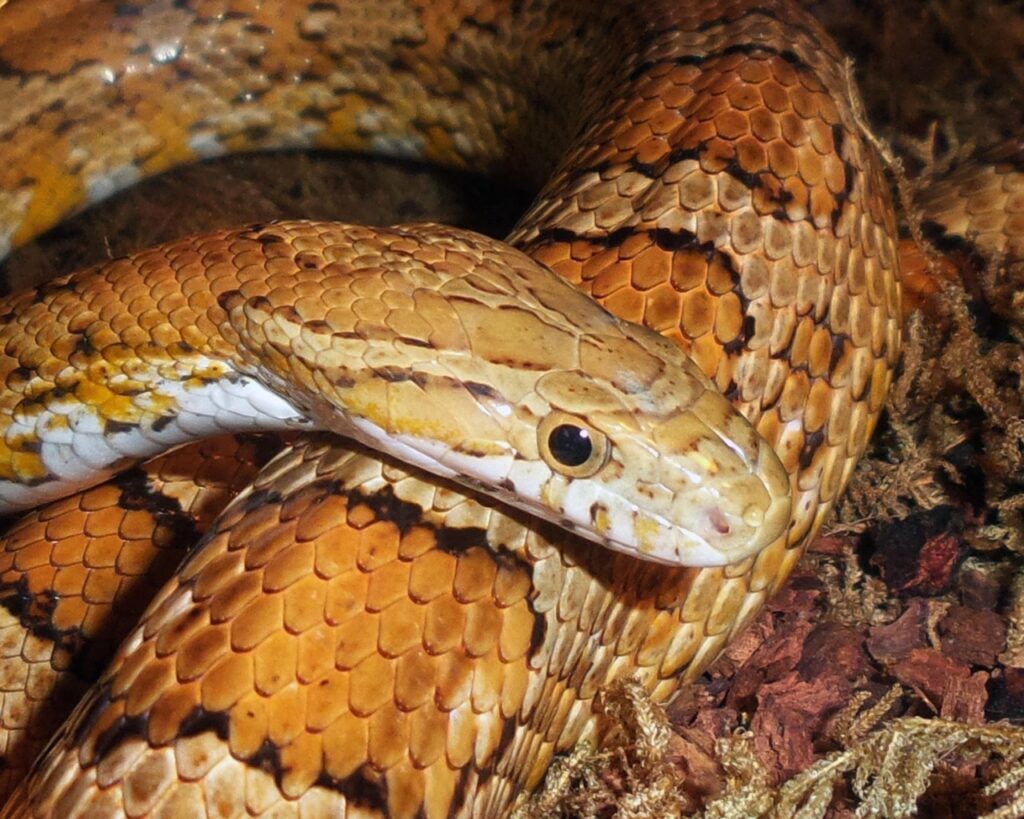
Corn snakes possess an ideal size that strikes the perfect balance between manageability and presence. Adults typically reach between 3-5 feet in length, making them substantial enough to handle confidently without being overwhelmingly large or intimidating. This moderate size means they don’t require the massive enclosures needed for larger constrictors like boas or pythons, making them practical for keepers with space limitations.
Their slender build also means they’re lightweight and easy to support during handling sessions, reducing stress for both snake and keeper. For children (with appropriate supervision) or adults new to reptile keeping, this manageable size creates confidence-building experiences without the challenges posed by more massive species.
Docile Temperament That Builds Confidence
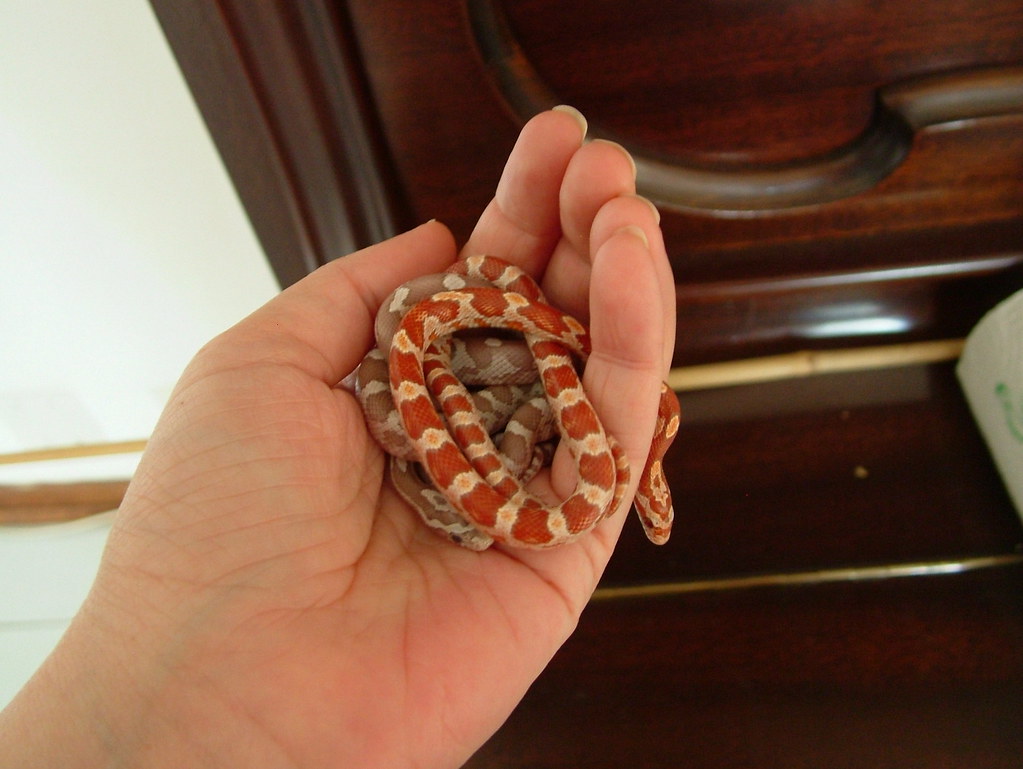
Perhaps the corn snake’s most endearing quality is its characteristically calm and tolerant disposition. Unlike some species that may be defensive, flighty, or prone to biting when startled, corn snakes typically acclimate quickly to gentle handling and human interaction.
Even wild-caught specimens generally calm down after an adjustment period, though captive-bred individuals are vastly preferred for their consistent temperaments. This natural docility means new keepers can build their handling skills without fear of aggressive responses, creating positive experiences that build confidence.
The corn snake’s patience with handling mistakes that beginners inevitably make—like movements that are too sudden or grip that’s too tight—provides a forgiving learning curve that other species simply don’t offer.
Straightforward Feeding Requirements
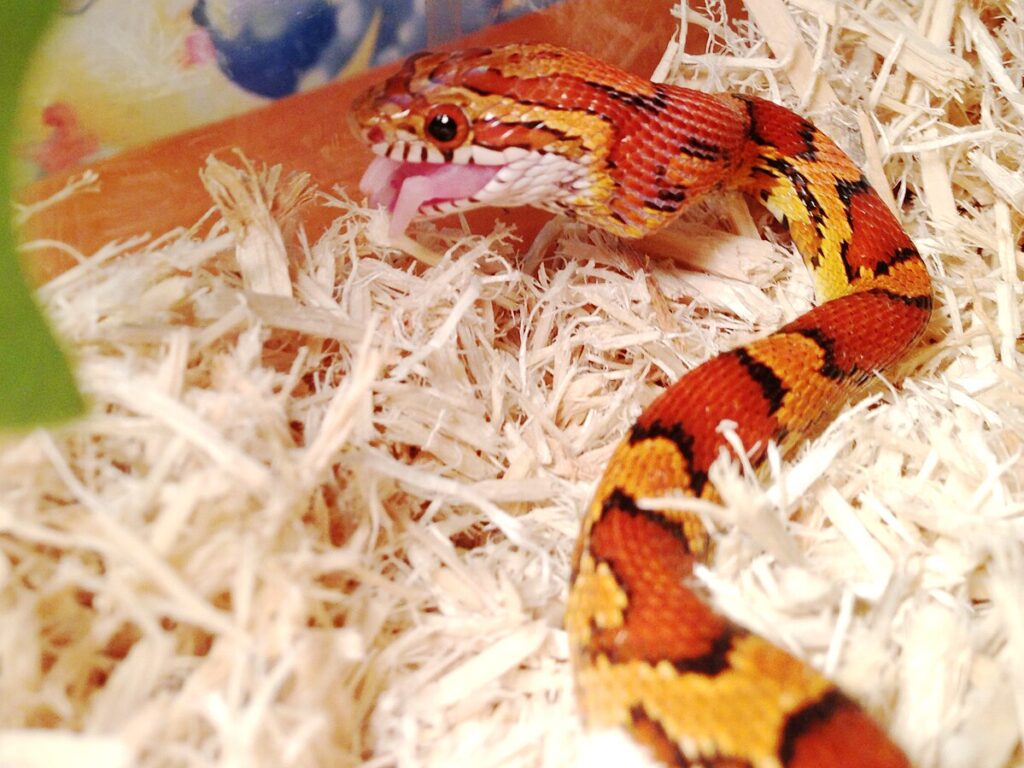
Feeding a corn snake represents one of the most straightforward dietary regimens in the reptile world. These snakes readily accept pre-killed frozen/thawed mice sized appropriately for their body size, eliminating the ethical and safety concerns associated with live feeding.
Their strong feeding response means most specimens will eagerly take food from tongs or from a dish, reducing stress for keepers uncomfortable with the feeding process. Unlike some specialized feeders that require amphibians, fish, or invertebrates, corn snakes thrive on a simple rodent-based diet available at any reptile shop or online supplier.
Their efficient metabolism means adult corn snakes typically need feeding only every 7-10 days, making them time-efficient pets for busy households or those new to maintaining feeding schedules.
Minimal Specialized Equipment Needs
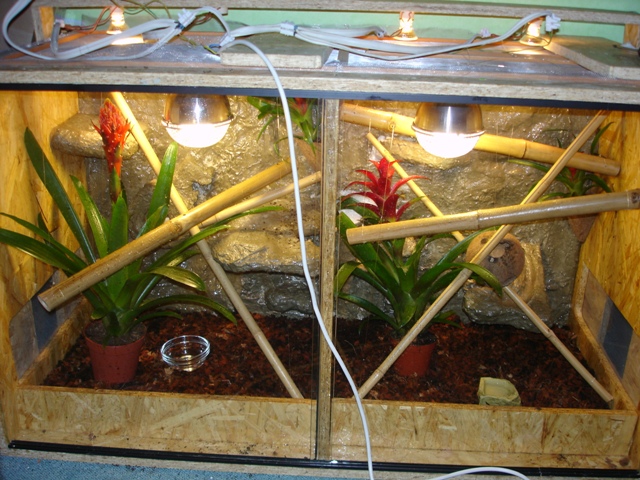
The basic equipment requirements for corn snakes represent one of the most affordable and straightforward setups in the reptile hobby. A simple 20-gallon long terrarium suffices for adults, with options to start juveniles in smaller enclosures. Their heating needs can be met with a basic under-tank heater connected to a thermostat, avoiding the more complex lighting and heating arrangements required by species like bearded dragons or chameleons.
Substrate choices are flexible, with paper towels, aspen shavings, or cypress mulch all serving as appropriate bedding options without breaking the bank. The modest nature of a corn snake setup means new keepers can establish a proper habitat without investing in specialized misting systems, UVB lighting, or complex branch arrangements required by more demanding species.
Hardiness and Disease Resistance
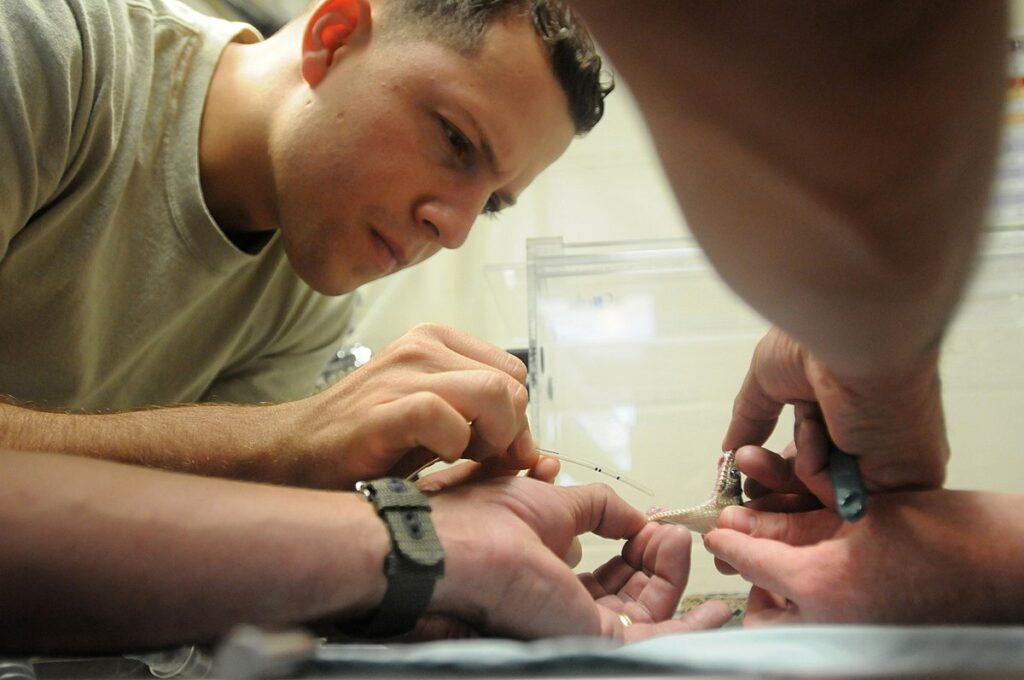
Corn snakes have earned their reputation as one of the most resilient captive reptiles, boasting impressive hardiness that forgives minor husbandry mistakes that might prove fatal for more sensitive species. Their natural resistance to common reptile ailments makes them less prone to the respiratory infections, scale rot, or digestive issues that frequently plague more delicate species.
This inherent toughness provides a valuable buffer zone for beginners who are still learning the nuances of proper temperature gradients, humidity levels, and enclosure hygiene. Even in cases where minor health issues do develop, corn snakes typically respond well to basic interventions and veterinary treatment, recovering fully with proper care.
Their robust immune systems and adaptability to varied conditions explain why corn snakes often live 15-20+ years in captivity, providing long-term companionship without the frequent health crises experienced with more fragile species.
Stunning Visual Variety
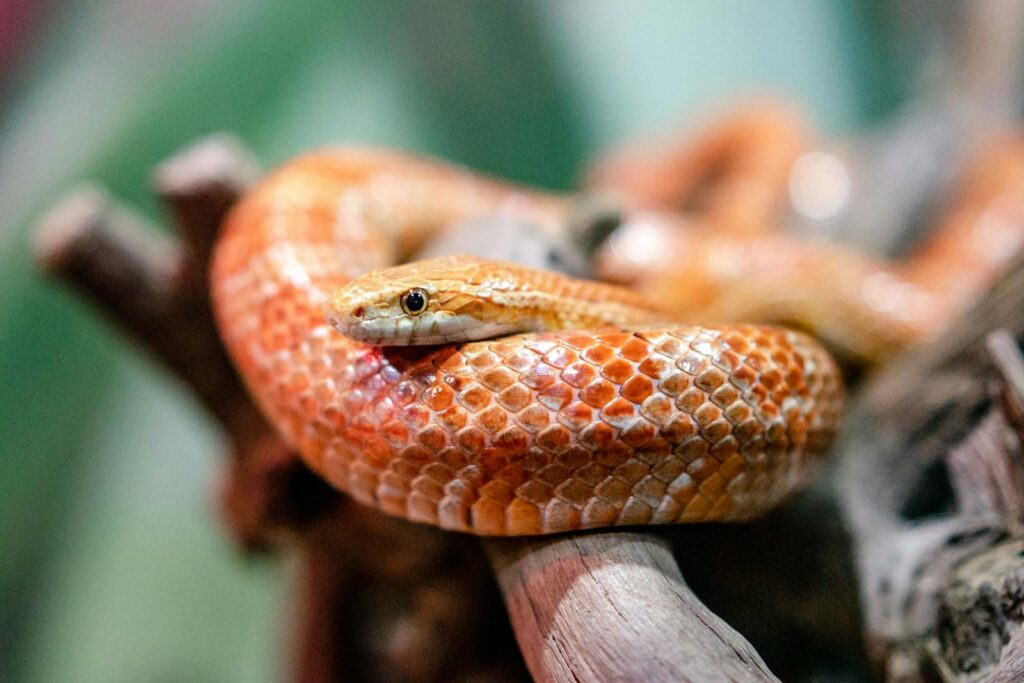
The incredible diversity of color and pattern mutations available in corn snakes offers beginners a chance to own a truly spectacular pet regardless of their aesthetic preferences. From the classic wild-type with its rusty orange and rich red saddles to amelanistic (albino) specimens glowing with vibrant yellows and oranges, the palette seems endless.
Morphs like snow (amelanistic anerythristic), butter, lavender, and tessera create stunning visual variations while maintaining the same friendly temperament and care requirements. This visual diversity means keepers can select specimens that truly resonate with their personal tastes without sacrificing the beginner-friendly qualities that make corn snakes ideal starter pets.
The morph hobby also provides a fascinating entry point into genetics for those interested in the science behind these beautiful variations, offering educational value alongside aesthetic appeal.
Manageable Activity Levels
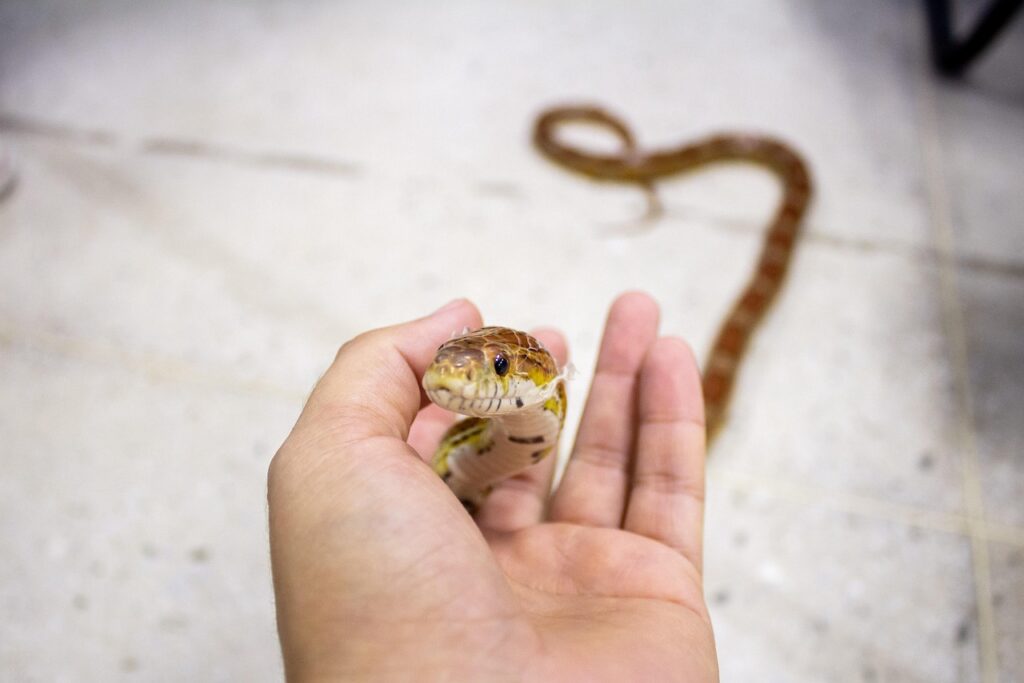
Corn snakes exhibit an ideal activity pattern that balances engagement with practicality for new keepers. Unlike some extremely active species that constantly pace their enclosures or highly secretive species that remain perpetually hidden, corn snakes typically display moderate, observable activity patterns.
They’re active enough to be engaging as pets, often exploring their habitats during early evening hours or when their enclosures are approached. Their climbing behaviors, substrate burrowing, and periodic exploration provide fascinating observation opportunities without the extreme vigilance required for lightning-fast species. This balanced activity level means they’re visible enough to enjoy as pets but calm enough not to create stress for keepers concerned about constant monitoring or escape attempts.
Reasonable Space Requirements
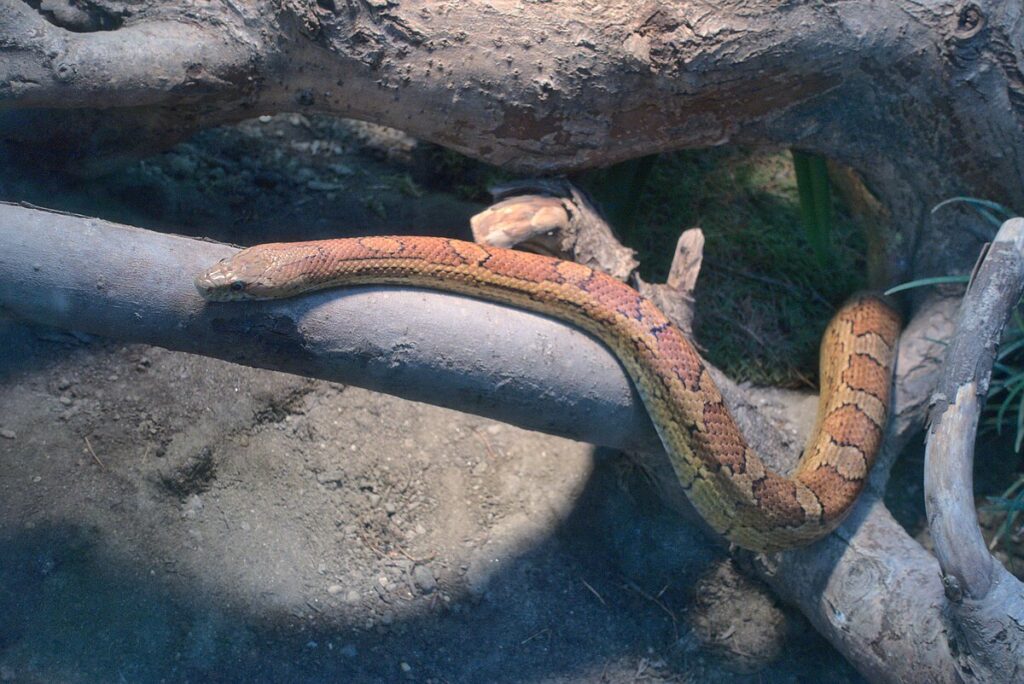
The modest spatial needs of corn snakes make them realistic options for keepers with limited room, including apartment dwellers or those with space constraints. An adult corn snake can thrive in a 20-gallon long aquarium or similar-sized plastic storage container modified with proper ventilation and security features.
This practical spatial footprint stands in stark contrast to the room-dominating enclosures required for larger constrictors or active monitor lizards that require massive habitats. Their vertical climbing behaviors can be accommodated with simple branches or climbing structures that don’t demand excessive height clearances.
For families or individuals contemplating their first reptile, this reasonable space requirement often makes the difference between being able to provide appropriate housing or having to pass on reptile keeping altogether.
Predictable Behavioral Patterns
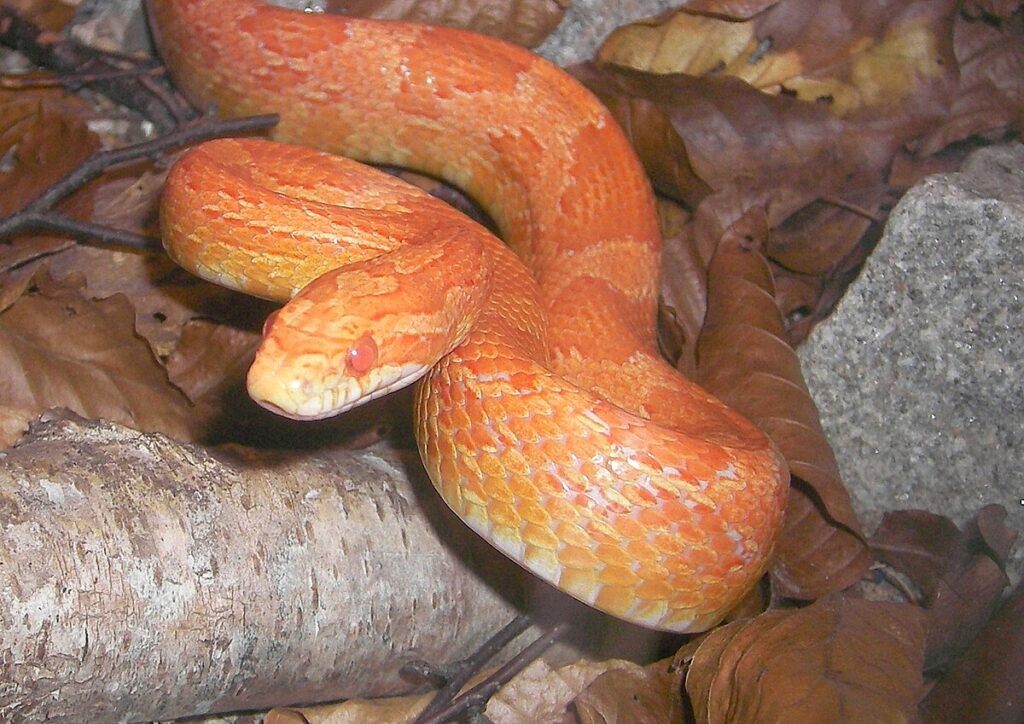
Corn snakes display consistent, predictable behaviors that help new keepers develop an intuitive understanding of reptile body language and needs. Their clear signals regarding hunger, shedding cycles, and discomfort provide excellent learning opportunities without the cryptic or rapidly changing behaviors seen in more complex species.
During pre-shed periods, the distinctive cloudy appearance of their eyes (known as “blue phase”) gives keepers a clear visual indicator to temporarily suspend handling and adjust humidity. Their hunting posture—head raised slightly with focused attention—clearly telegraphs feeding interest without the lightning-fast strikes that make feeding other species intimidating.
These readable behavioral cues create an excellent educational foundation for beginners to build their reptile-keeping knowledge, making corn snakes not just pets but valuable teachers of broader herpetological concepts.
Excellent Availability and Affordability
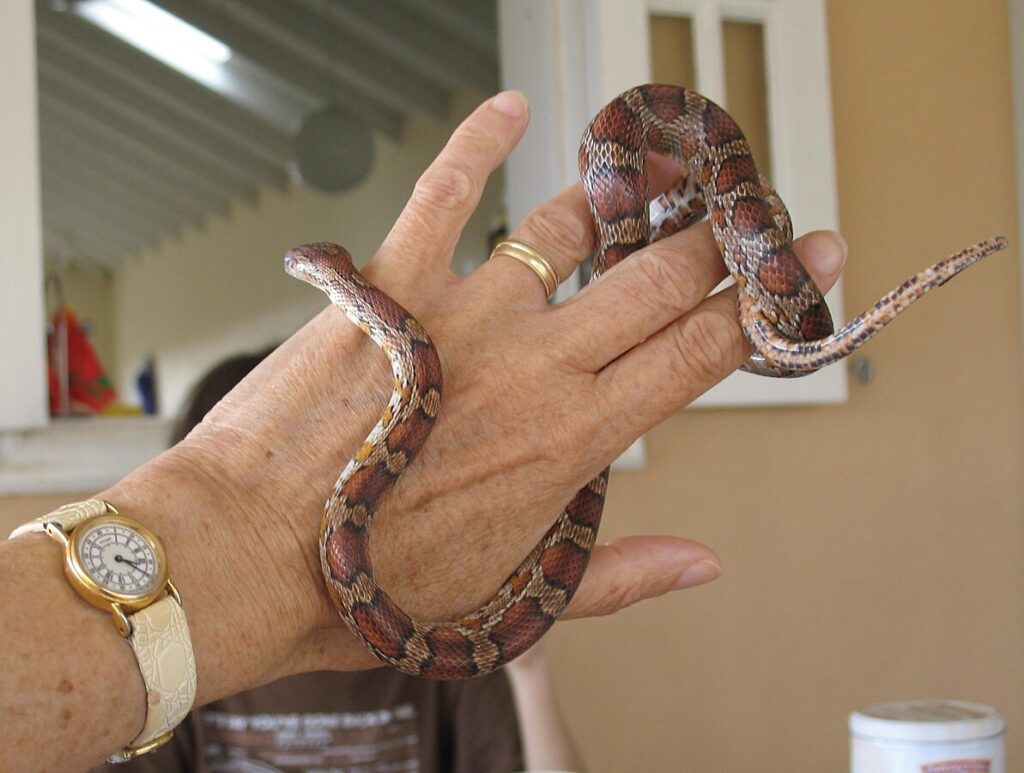
The widespread breeding of corn snakes has created unprecedented accessibility for newcomers to the hobby, with healthy specimens available through reputable breeders, expos, and even some pet stores at reasonable price points. Basic morphs can often be acquired for $30-60, with more specialized patterns or combinations commanding higher but still accessible prices compared to many exotic reptiles.
This affordability extends beyond the initial purchase to include their straightforward care supplies, modest food costs, and minimal specialty equipment requirements. The extensive captive breeding also means wild populations aren’t impacted by the pet trade, allowing for ethical pet ownership without conservation concerns. For families or individuals operating on limited budgets, corn snakes represent one of the few reptile species that can be properly maintained without significant financial strain.
Low Humidity Requirements

Unlike many tropical reptile species that demand precise, consistently high humidity levels, corn snakes thrive in the moderate humidity range naturally found in most homes. This forgiving moisture requirement eliminates the need for complex misting systems, foggers, or constant humidity monitoring that creates stress for new keepers of tropical species.
Their native range across the southeastern United States has adapted them to varied humidity conditions, requiring only a slight increase during shedding periods easily achieved with a dampened hide box. This humidity tolerance means corn snakes rarely develop the respiratory infections or shedding complications that plague species kept in inappropriately humid environments. For beginners struggling to balance multiple care parameters, this adaptability to standard household conditions removes one of the most challenging aspects of reptile husbandry.
Exceptional Educational Value
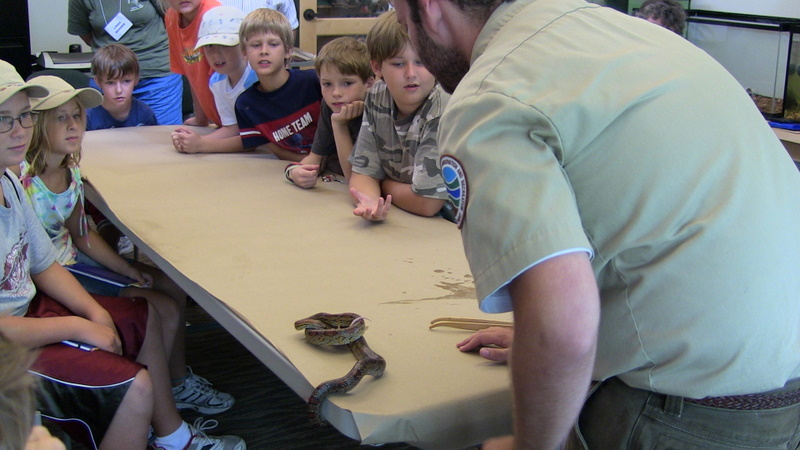
Corn snakes serve as living ambassadors that help dispel myths and misconceptions about snakes while providing accessible educational opportunities. Their docile nature makes them ideal for supervised classroom visits, family education, or helping friends overcome ophidiophobia (fear of snakes) through positive encounters.
Their clear shedding process, observable feeding behaviors, and visible growth patterns provide children and adults alike with tangible connections to biological concepts they might otherwise only encounter in textbooks. Many experienced herpetologists, wildlife biologists, and veterinarians trace their professional journeys back to early positive experiences with corn snakes that sparked broader interest in reptiles and natural science.
Beyond individual education, properly kept corn snakes can live 15-20+ years, providing long-term opportunities to observe the full life cycle of a reptile and develop deep connections to the natural world.
Community Support and Resources
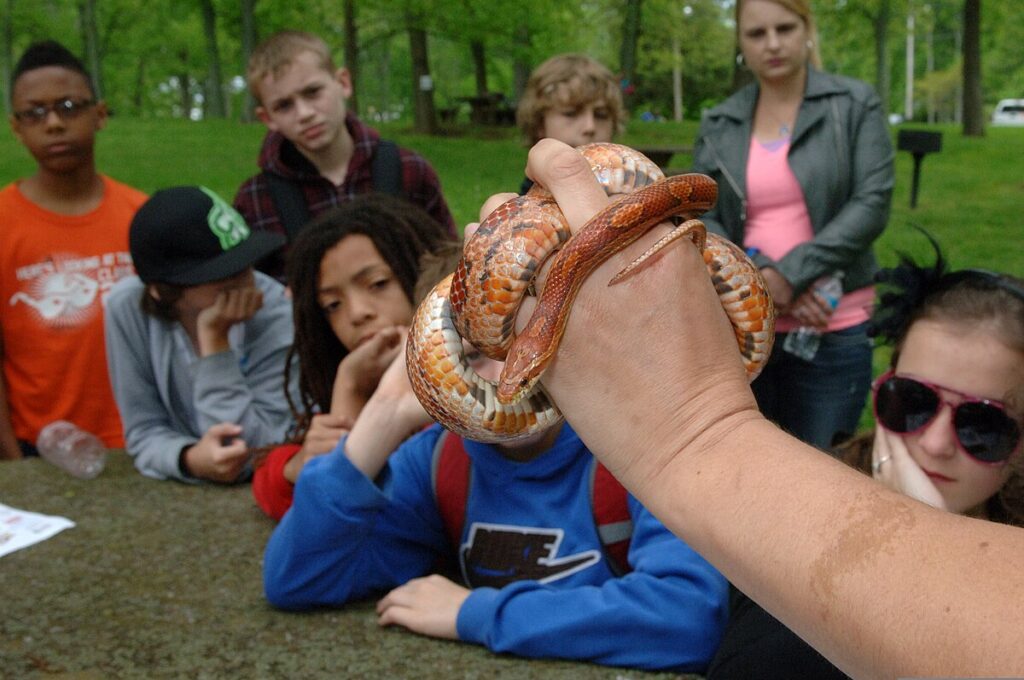
The immense popularity of corn snakes has created an unparalleled support network for new keepers, with abundant care guides, troubleshooting resources, and community forums dedicated to their husbandry. Specialized Facebook groups, subreddits, and reptile forums feature thousands of experienced keepers willing to offer advice on any aspect of corn snake care, from feeding to health concerns.
This wealth of readily available information means new keepers are never more than a question away from expert guidance tailored specifically to corn snakes rather than generalized reptile advice. Veterinarians with reptile experience are typically well-versed in corn snake health issues due to their popularity, making medical care more accessible than for obscure species. For beginners navigating the challenges of first-time reptile keeping, this robust support system provides a safety net that significantly increases the likelihood of successful, rewarding pet ownership.
The corn snake’s enduring status as the quintessential beginner serpent isn’t simply a matter of tradition or convenience. Their perfect combination of manageable size, gentle temperament, straightforward care requirements, and visual appeal creates a uniquely accessible entry point into reptile keeping.
While other species may excel in specific areas, none offer the same comprehensive package of beginner-friendly attributes that have made corn snakes the consistent recommendation of experienced herpetologists for decades. As the reptile hobby continues to evolve with new species and morphs entering the market each year, the corn snake’s position as the ideal starter snake remains unchallenged—a living testament to the perfect balance between fascinating exotic pet and practical first reptile that continues to introduce generations of enthusiasts to the rewarding world of herpetology.

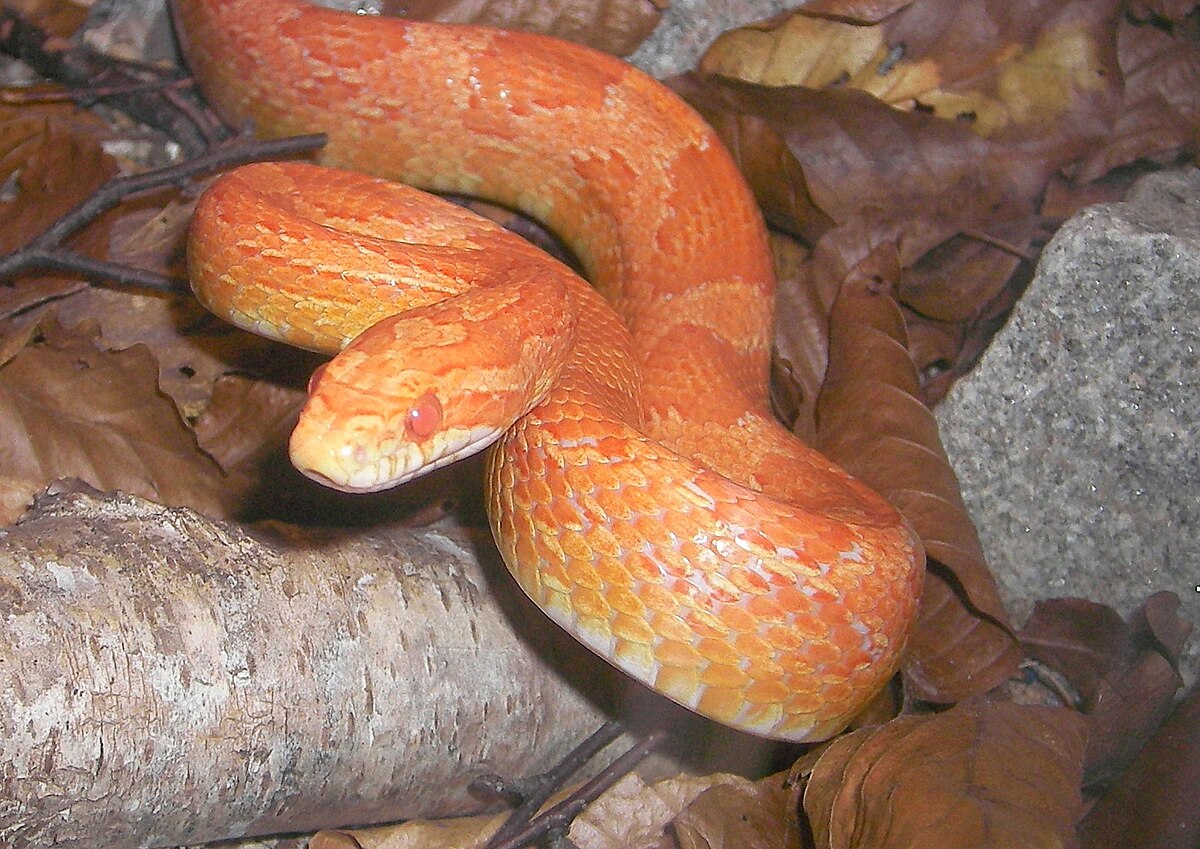
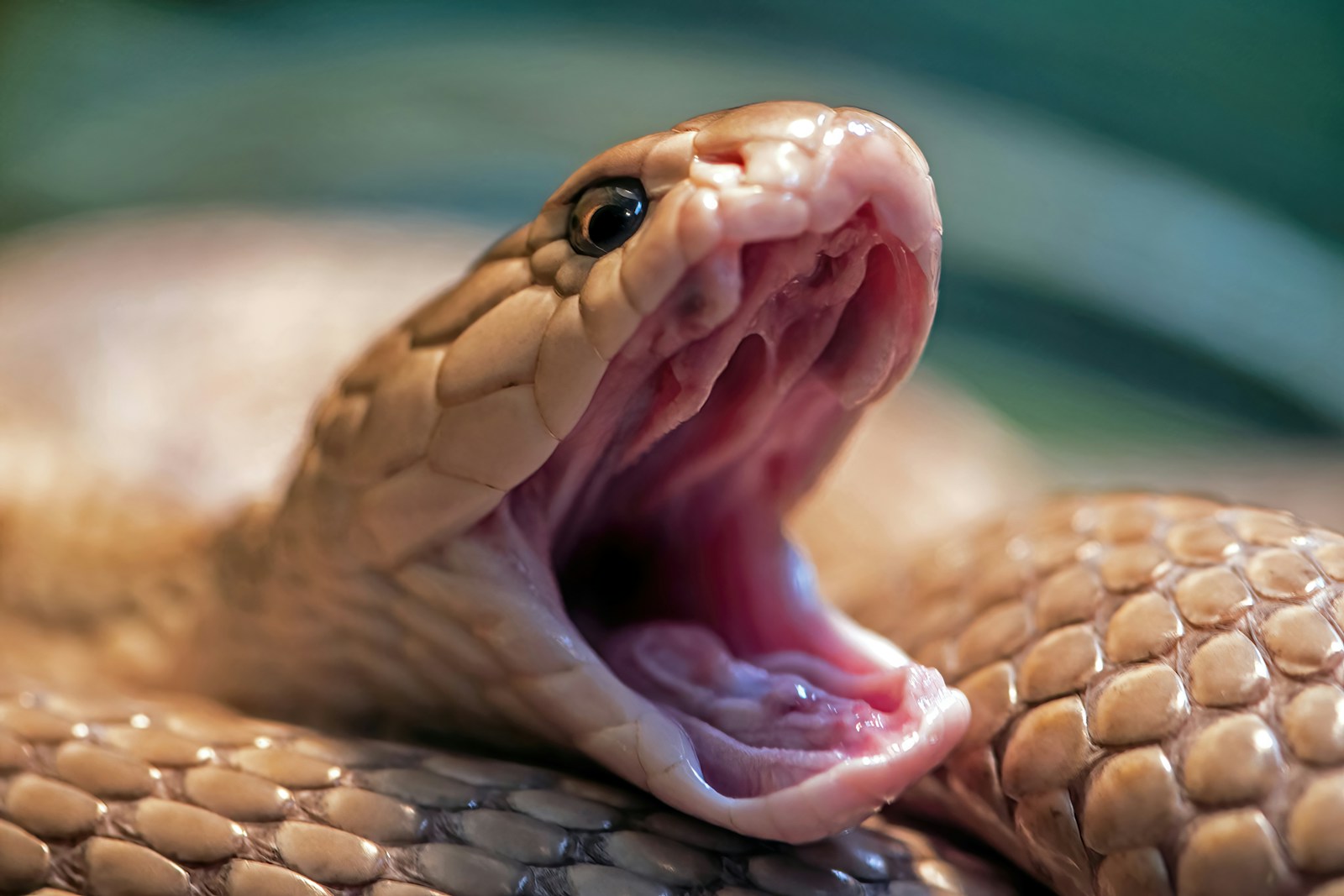

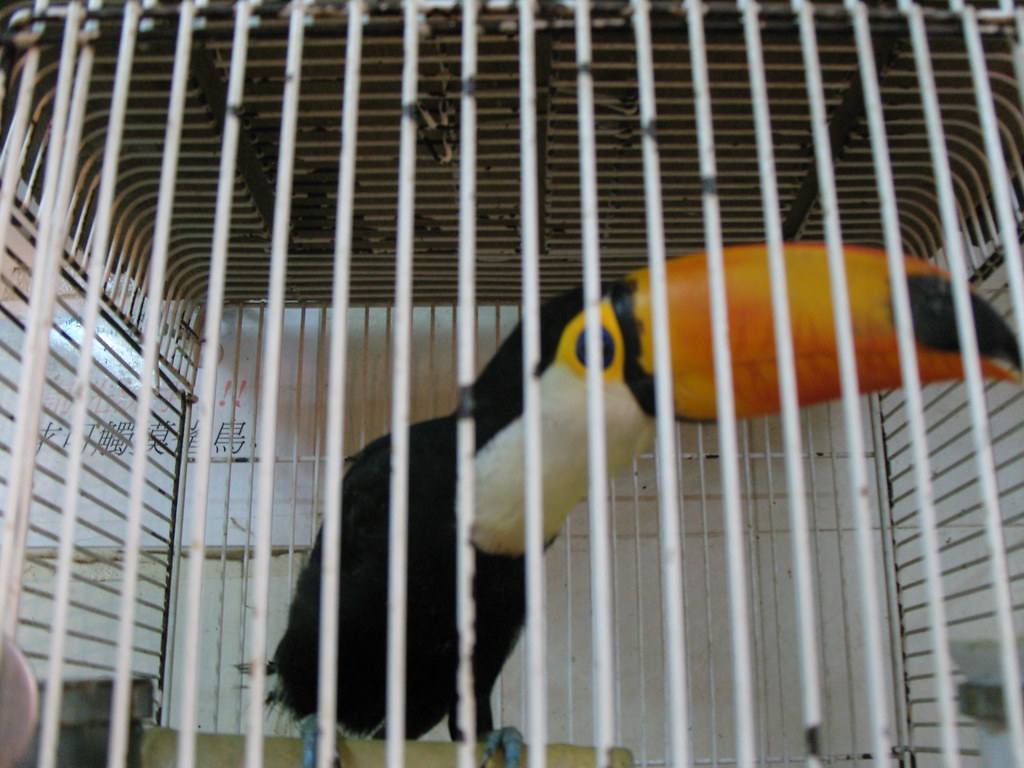
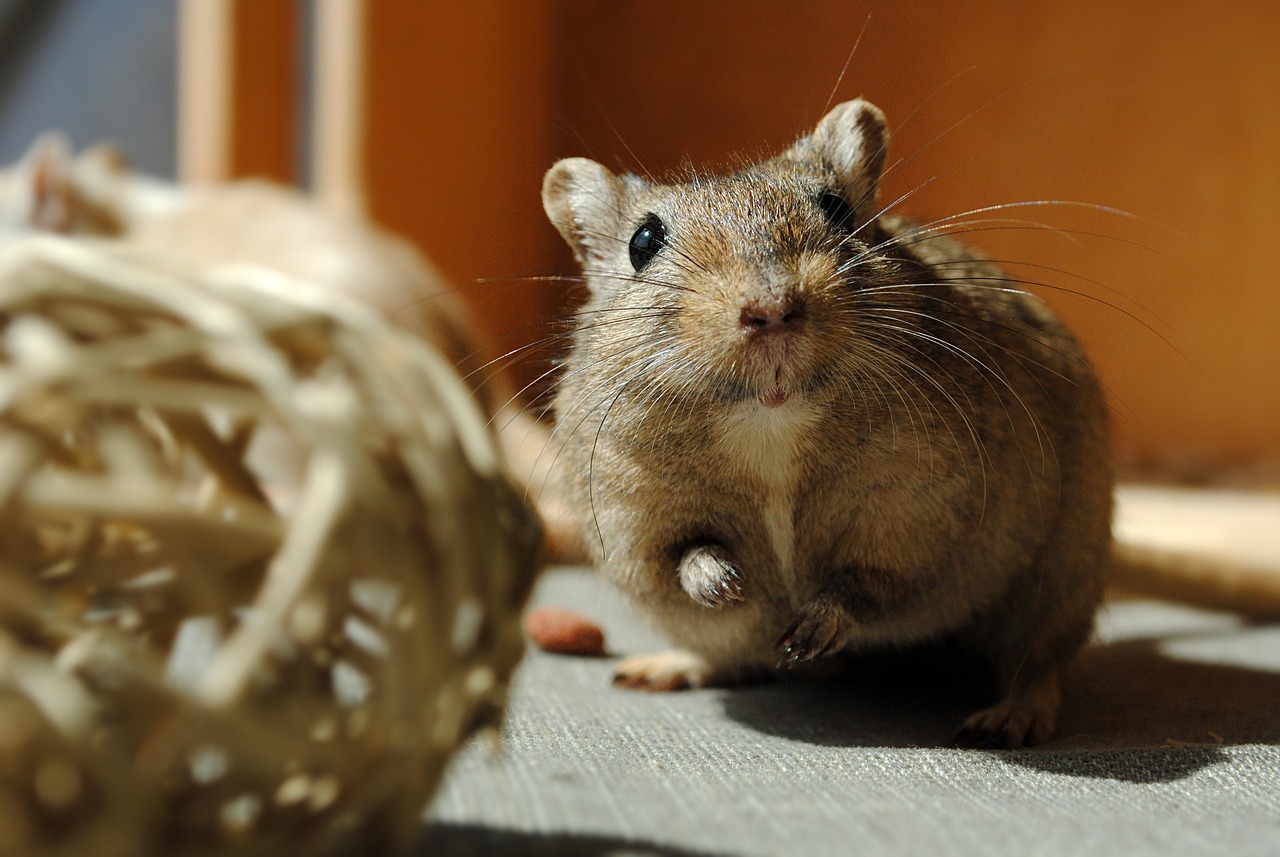
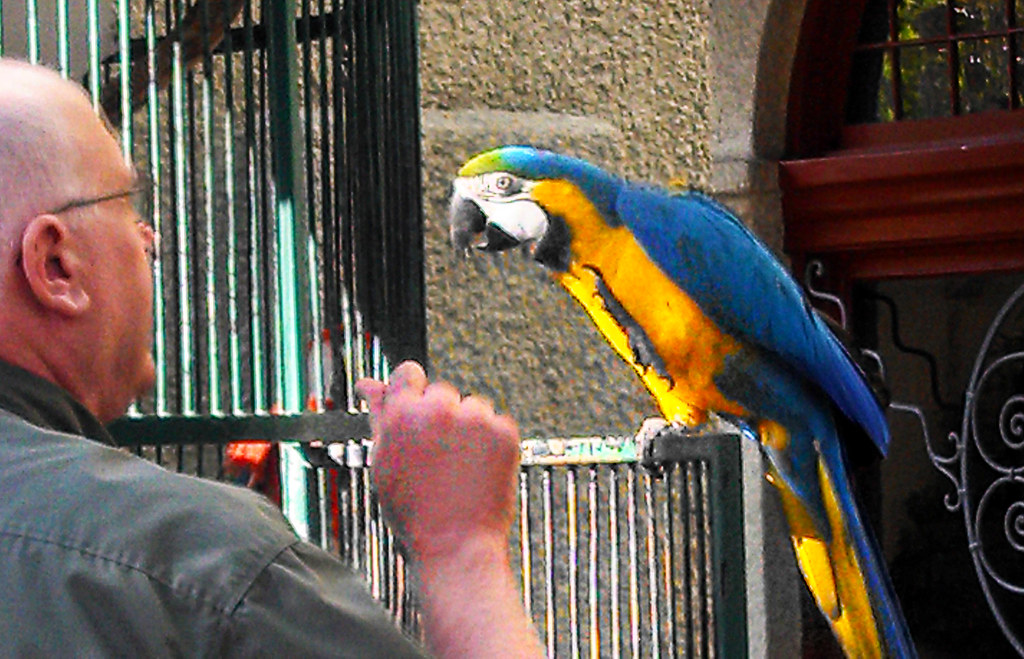
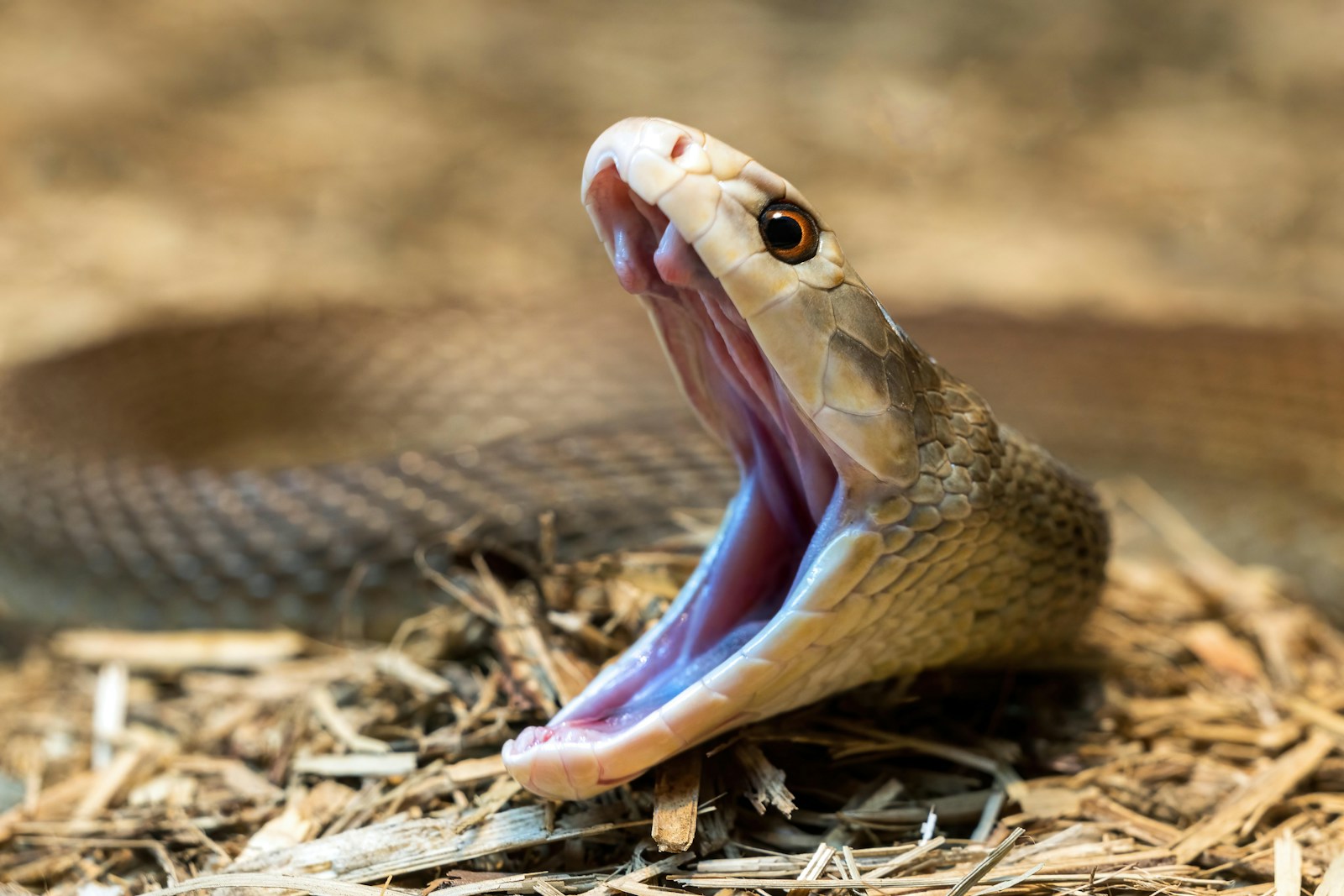
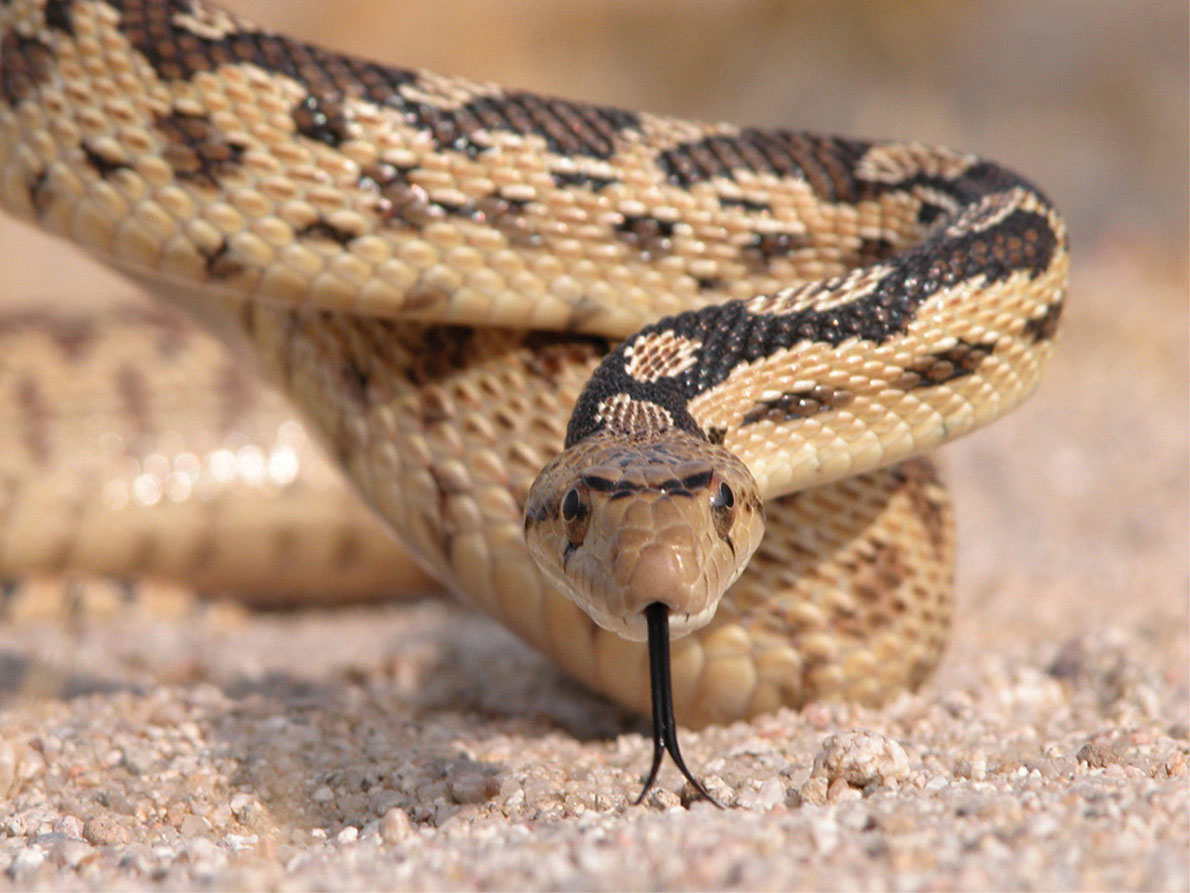
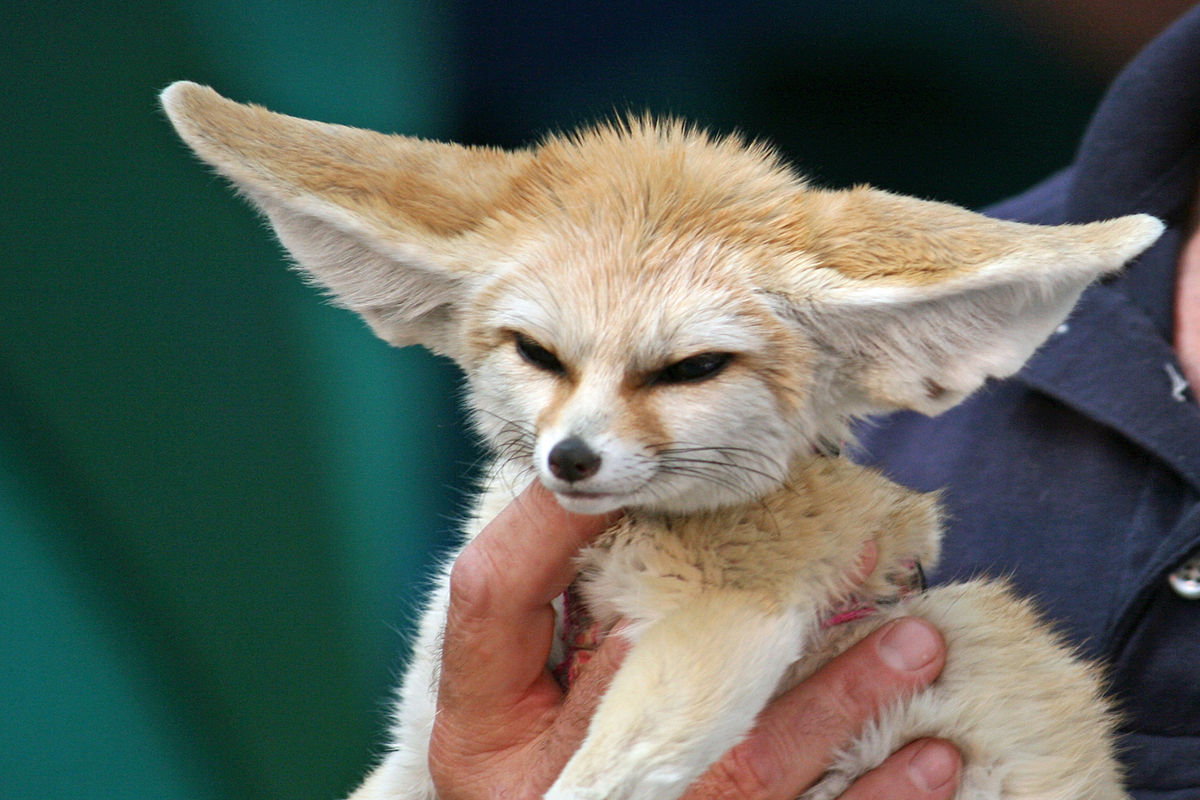
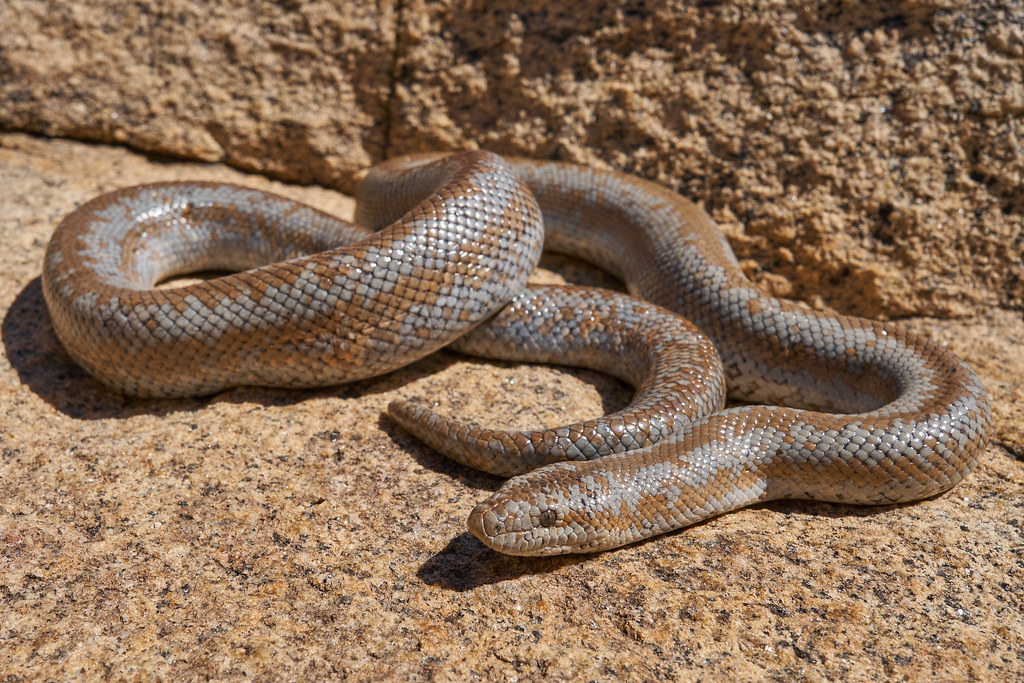
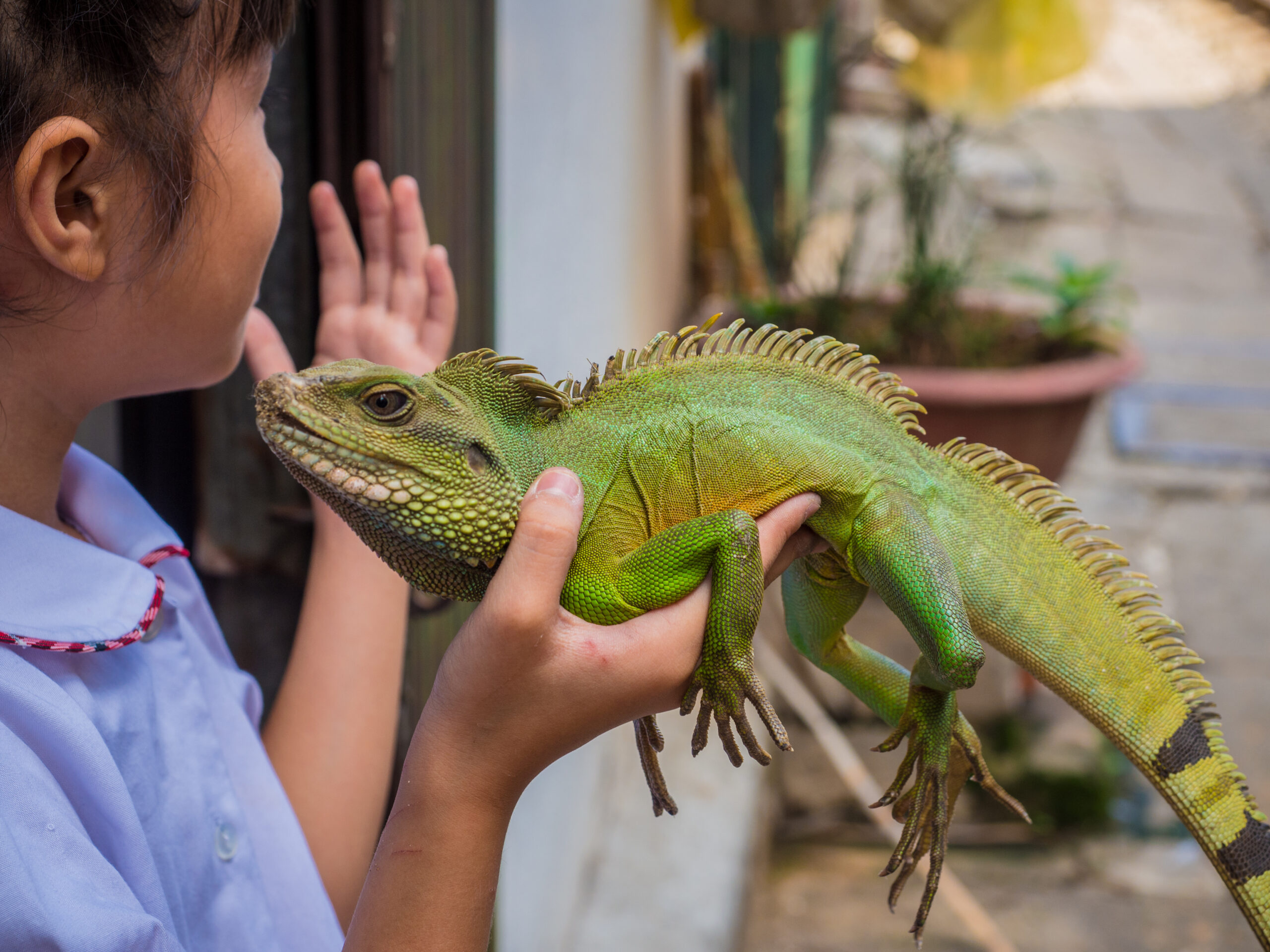




Leave a Reply